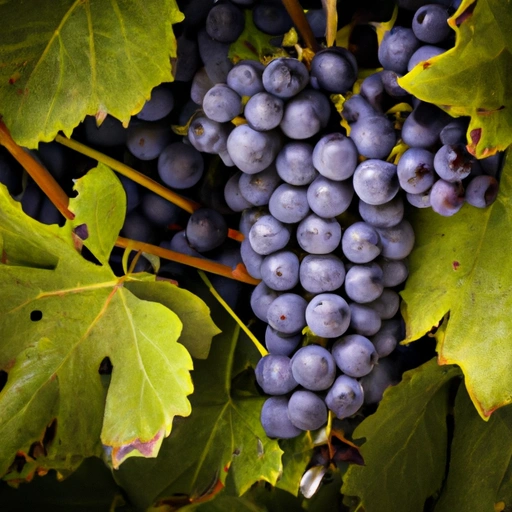Zinfandel
Description

Zinfandel, often hailed for its robust flavor profile, is a variety of red wine grape that has become a beloved ingredient in various culinary dishes. It is a versatile wine that can be used to add complexity and depth to recipes, ranging from savory stews to sweet reductions and marinades. Zinfandel grapes are known for producing a wine with a fruity, spicy, and sometimes smoky flavor that can complement and enhance the taste of many foods.
Common uses
Zinfandel is commonly used in a variety of culinary applications. Its bold flavor can elevate sauces, glazes, and marinades, providing a rich and intense taste to meats and vegetables. Additionally, Zinfandel is sometimes included in dessert recipes, such as poached pears or berry compotes, where its fruity notes can shine.
Nutritional value
Calories
A standard serving size of Zinfandel wine (5 oz or roughly 150 ml) typically contains about 129 calories (540 kJ).
Protein
Zinfandel wine contains trace amounts of protein, not significant enough to contribute to daily protein requirements.
Fat
Zinfandel wine contains no fat.
Carbohydrates
A 5 oz serving of Zinfandel contains approximately 4 grams of carbohydrates, mostly in the form of sugars from the grapes.
Vitamins
While Zinfandel wine is not a significant source of vitamins, it may contain small amounts of some B vitamins derived from yeast during the fermentation process.
Minerals
Zinfandel wine may contain minor amounts of minerals such as potassium and magnesium.
Health benefits
Moderate consumption of Zinfandel, as with other red wines, can be part of a healthy diet. It contains antioxidants such as resveratrol, which have been linked to heart health and reduced inflammation. However, the key is moderation, as excessive alcohol consumption can negate these potential benefits.
Potential risks
While Zinfandel can be enjoyed in moderation, excessive intake can lead to health risks, including an increased likelihood of developing certain types of cancer, liver disease, and addiction. Additionally, individuals with certain health conditions or those taking specific medications should avoid alcohol to prevent negative interactions.
Common recipes
Zinfandel is often used in recipes for braised meats, such as short ribs, lamb, and beef stew, where its bold flavors can stand up to hearty dishes. It is also featured in reductions and sauces for drizzling over grilled steaks or roasted vegetables.
Cooking methods
The wine can be reduced to a syrup-like consistency to concentrate its flavors, employed as a deglazing liquid for making pan sauces, or added to slow-cooked meals to tenderize meats and enrich the dish's overall taste.
Pairing with other ingredients
Zinfandel pairs exceptionally well with bold cheeses, dark chocolate, and substantial meat dishes. Its fruity and sometimes spicy notes also make it a great complement to barbecue and spicy cuisine.
Summary
Zinfandel is a versatile and flavorful wine ingredient that can add depth and character to a variety of dishes. With its rich history and popularity in American and European cuisines, Zinfandel continues to be a favorite for chefs and home cooks alike. Whether used in a complex stew or a simple sauce, Zinfandel can elevate the culinary experience, making it a staple in the kitchen for those who appreciate its bold and nuanced profile.